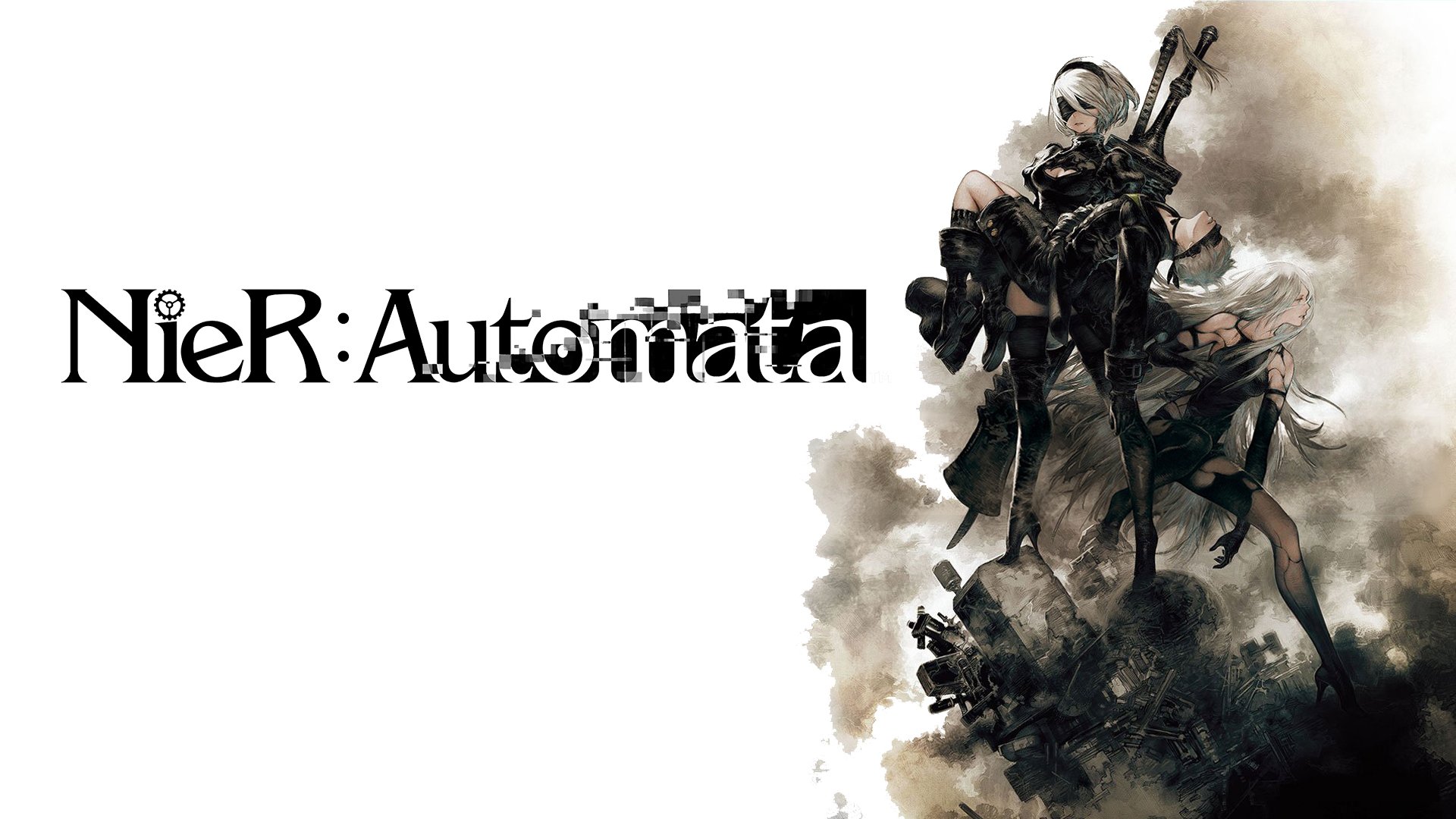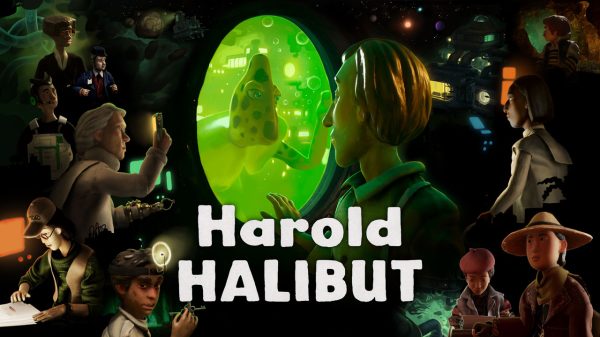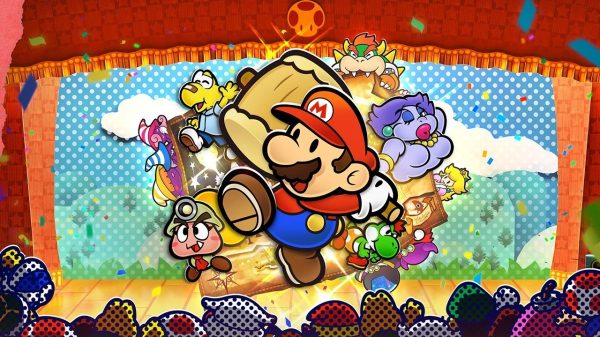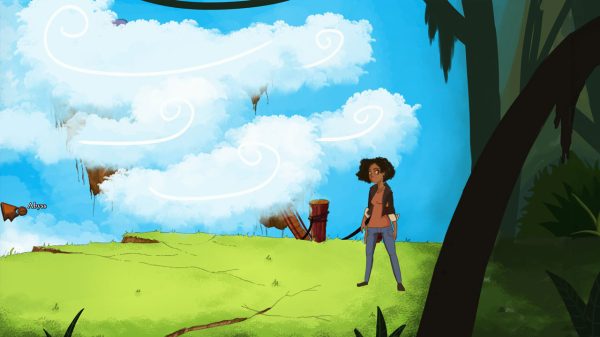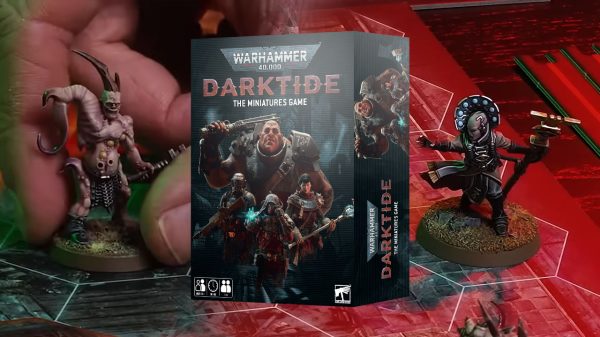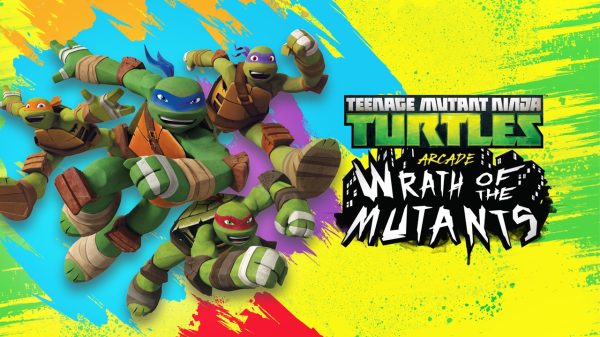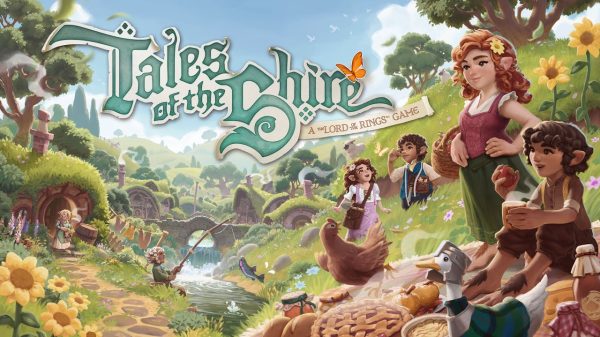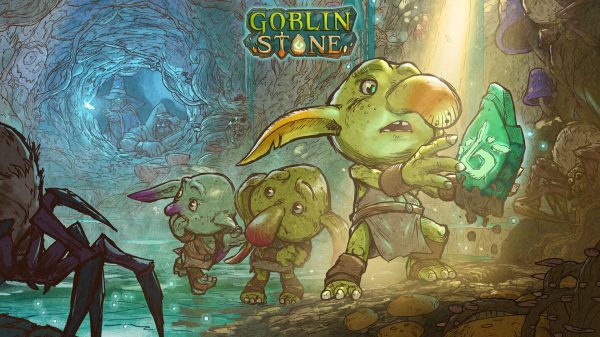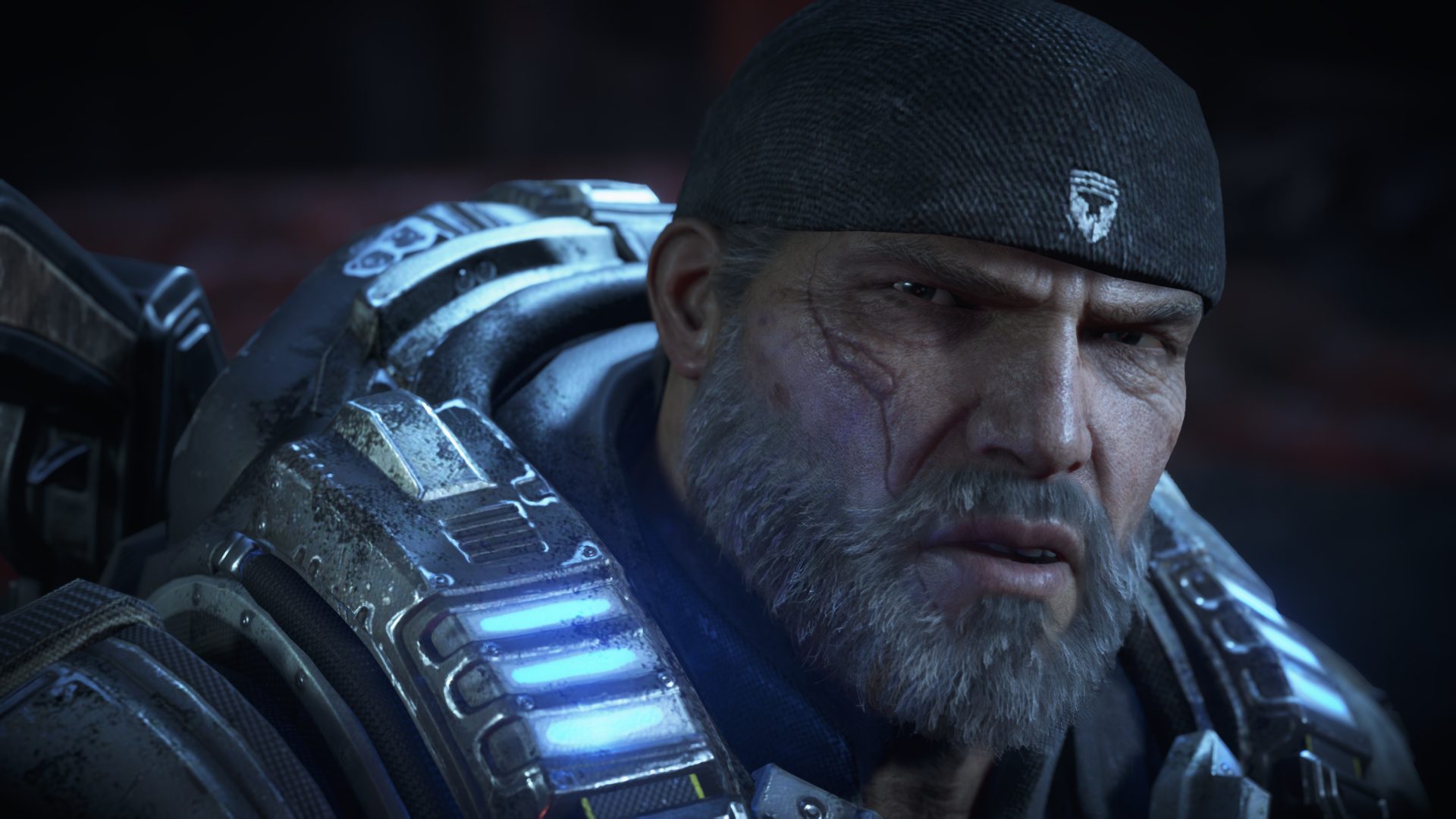Nier: Automata is a special game. An unexpected triumph that synergises complex and emotional writing with a colossal soundtrack, masterful combat and thought-provoking themes to create something truly greater than the sum of its parts. While not without its flaws, Nier: Automata is a different kind of masterpiece that takes bold moves and rewards the player for investing time into its story, character and worlds. One of those bold moves was its approach to various video game systems we take for granted today. The way players expect to save their progress, navigate the world, progress through the story or set the difficulty level is something we take for granted in this contemporary landscape of AAA games. Below are five of those systems that Nier: Automata’s game director Yoko Taro approached in an abstract way while also providing context to the player within the world-building to create this rare masterpiece.
WARNING: There are heavy spoilers in the below article. If you have not played until the true ending in Nier Automata yet, then stop reading and go play the game right now.
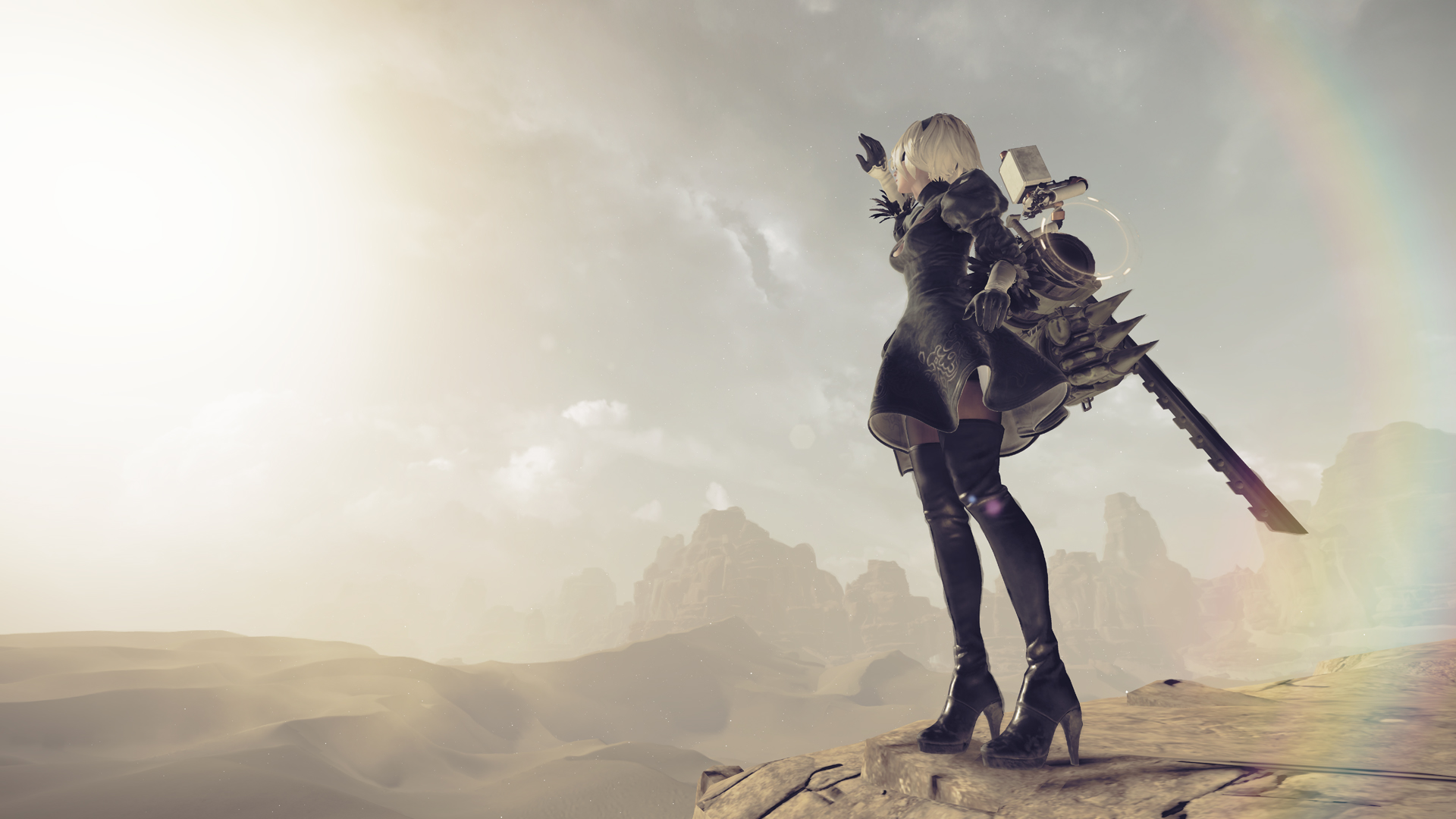
- Saving Progress
Saving Progress is relatively the same no matter what game you play. A large number of them have a reliable yet uninspiring auto-save feature that usually updates your progress at certain checkpoints (most of these checkpoints are in high frequency). Other games require you to enter an options menu, sleep in beds or go to certain hubs to manually save your data. However, within the context of the video game, dying usually returns you to your last save, with no “memory” of what happened prior to when you last met your demise. Shadow of Mordor’s protagonist is an immortal wraith, so death in that game was important to the nemesis system which became a core pillar in the Orc-slaying romp. Borderlands has a hilarious New-U station, that reconstructs your DNA since your last death, while charging you to for its generous services. However, Nier takes an even more thoughtful approach. You can only save at Access Points, which are machines scattered across the landscape. They act as a direct communication station to the moon base (the hub from which your android brethren operate). Nier Automata treats your save data as your character’s memory. Being an android, your shell can be rebuilt, while your memory (stored as saved data) can be re-installed as long as it is backed up at an Access Point. Therefore, every-time you get turned into metal scrap, the moon base will re-construct your body at the last access point you uploaded your memories. Not only does this provide an interesting contextual use of the system, but it also carries a heavy tone that is carried out through the game – what does it mean to be alive? If you could be recreated atom by atom to be an identical copy of who you are right now, would you still feel like you?
- Fast Travel and Navigation
Speaking of Access Points and reconstruction, Nier Automata allows you to fast travel using these access points (albeit, later in the game). In a similar fashion to saving progress, the fast travel system cleverly makes contextual sense within the lore of the game. As an android you’re essentially uploading your data and deconstructing your body at one access point while rebuilding yourself and downloading your data at another access point. Most video games these days either have portals or locations that you can select on a map, which is convenient, but kind of boring. Until unlocking the fast travel system though, you must physically navigate to various areas within an open hub world. While this may seem outdated and cumbersome, Nier Automata’s world isn’t really that big. Moreover, each area is individually crafted to the extent that the path and region is familiar, while still feeling large and varied. Most open-world games these days are too big and almost too random, forcing you to constantly follow waypoints to reach your destination. Nier is just the right size invoking a nostalgic call-back to the first 3D open world titles like The Legend of Zelda: Ocarina of Time and Grand Theft Auto III. In those classics, their worlds were memorable enough for me to recall every nook and cranny, while feeling like a living character full of heart and personality. This is how I felt about the open world in Nier: Automata.

Nier Automata aims to make everything contextual from fast travel to saving to the difficulty
3. Difficulty
Like many games, Nier Automata has multiple difficulty levels. Despite that commonality, I wanted to talk about a mechanic called plug-in chips that act as an upgrade system in the game. They are inserted into your character (being an android) and provide various abilities and perks. Some increase your health, some display enemy health meters while others boost your attack power. In fact, there is a huge variety of different chips you obtain from vendors and enemy drops that you can use to switch up and enhance the gameplay. Specifically, there are also an auto-heal, auto-fire and auto-dodge chips, which makes you almost invincible on the very easy mode. Sometimes, I would plug them all in so I can concentrate my attention on the superb combat animation Platinum Games put into the game rather than focus on my positioning and enemy attacks. It’s a stark contrast to other games that only have a few difficulty modes (or just one brutal mode if you’re playing Dark Souls) or contain modifiers that add an extra challenge. Instead, modifiers in Nier Automata can make the game easier rather than harder while consistently providing more context to the world and experience Yoko Taro is crafting.
4. New Game Plus
This is probably the most revolutionary one on the list, although not particularly new for Yoko Taro’s earlier works. New Game Plus is a term used in a lot of games and usually refers to the act of replaying a game you have completed while carrying over your equipment, skills and upgrades from that previous playthrough and bumping up the difficulty of the game going forward. Players who enjoy the gameplay enough usually jump in for some replayability value. Nier goes Automata one step further…or maybe five steps further. The game actually has a system referred to as endings. In fact, it has 26 endings and you will need three of them to see the whole story of the main game, while two more show the true ending. The other 21 endings are known as bad endings and present you with some very creative game over screen after fulfilling the requirement to unlock that ending. However, it is the three main endings I want to talk about. Endings A, B and C are essentially 3 playthroughs of the game. But unlike other titles, these three endings are very different from each other. endings A and B follow the same timeline from the perspective of two different protagonists, both whom cross paths regularly. While ending B follows a similar path, it reveals new parts of the story, adds more depth to 9S (the protagonist of ending B) and even introduces a whole new approach to combat (which changed the way I played the game). The real kicker is ending C, which picks up the story after endings A and B. It’s from this point that the themes, plot twists and characters really kick into overdrive. It was as if, endings A and B were prologues or Ending C was the finale to a blockbuster trilogy. When you play New Game Plus in other video games, you’re just replaying the same game while retaining your progress. When you play New Game Plus in Nier: Automata, you’ve barely started the game.
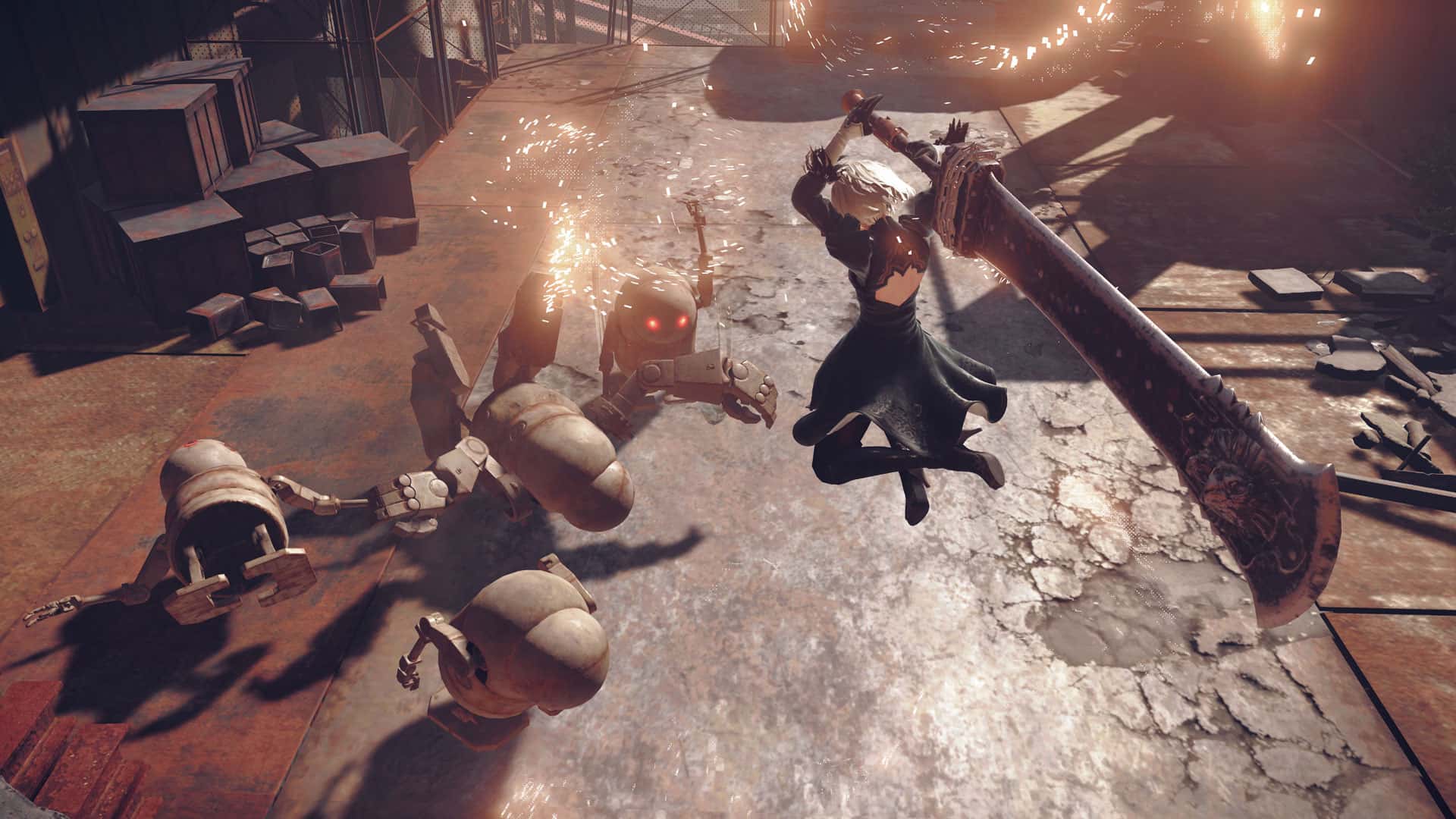
When you play New Game Plus in other video games, you’re just replaying the same game while retaining your progress. When you play New Game Plus in Nier: Automata, you’ve barely started the game.
5. End-credits and post credit scene
How many times have you sat through a credit scene? How many times have you looked at your phone or pressed the skip button to see the post credit scene? Nier: Automata makes you play the credit scene on top of requiring you to play through five endings to see the end-credit scene. By the way, the game forces you to delete your save data just so you can have the privilege to witness the true ending. Pretty nuts, right? But there’s a purpose to all of it so we will start with the actual credit scene first. Once you have completed Endings A through to E, the game places you in a top-down shooter mini-game, where you basically have to shoot the names of the people who worked on the game, just to make you feel like a monster. While this is cruisy at first, it starts to ramp up considerably, compelling you to connect to the online servers to find other end-credit pro players to help you through that last push, which is important for the next part. It wasn’t enough that I played through five endings and just got my ass handed to me in the credit scene. I had to also permanently delete all my save data if I wanted to discover what happened to the characters. While that seems preposterous, the game does an ingenious way of explaining the meaning of sacrifice and human life. Firstly, you’re sacrificing yourself so can aid other players who are struggling through the credit scene. It’s an extreme but effective method of showing that we are not alone and it’s a wonderful thing that people want to help others. Within the context of the story, you’re giving up your save for the chance to give the characters a second chance. I won’t go into it too much but if you’ve reached the scene you’ll know exactly what I am talking about. Despite the fact it was just a video game and despite the fact these characters were androids, I felt a little warmth in my heart given the fact I just sacrificed something I worked hard for to give these characters and other players a second chance, particularly after the tragic and dark climax of the game. It’s such a cathartic moment that could only be achieved in the video game medium.
I was not expecting to be engrossed with Nier: Automata as much as I was, but the way Yoko Toro approached mechanics I didn’t even think twice about playing other games left a mark on me. It was almost liberating to play through such an experience and really showed the potential of video game as an art form. It’s also a game I’m at a loss to fully explain when I try to convince someone to play it. It really is one of those games where you need to play it to truly get what is so phenomenal about this weird but wonderful classic.
Mr Multiplatform just wants everyone to get along. Occasionally he gets called a Sony fanboy but then he spams haters with photos of his Halo, Gears of War, Super Mario and Zelda statues. When he is not gaming he is in legal courts thinking about video games or recording music thinking about games




